ICYMI: Influencer marketing is well worth the investment in 2024.
Case in point: The industry is expected to reach a value of $22.2B in 2025.
But sourcing the right influencers, managing campaigns, and tackling tedious tasks requires a little help — especially if you’re looking to scale your business.
Luckily, there are plenty of influencer marketing platforms on the market to help you create impactful campaigns that’ll boost your ROI — and we’re sharing 12 of the best ones.
P.S. Read until the end to discover our favorite.
Table of Contents
What Is an Influencer Marketing Platform?
An influencer marketing platform is software designed to help brands connect with the right influencers, streamline campaign management, and create lead-driven, targeted campaigns.
These platforms handle partnerships from start to finish — making them a major plus for businesses looking to scale and boost their marketing efforts.
Influencer marketing software might include features like:
Influencer databases and search tools that make it easy to find brand-aligned creators
Campaign management tools to automate and simplify influencer partnerships
Analytics tools that track and measure campaign performance
The Best Influencer Platforms in 2024
From finding influencer partners to analyzing campaign results, here are the 12 best influencer platforms in 2024:
Later Influence™
Shopify Collabs
Grin
Captiv8
Fohr
Upfluence
CreatorIQ
Aspire
Creator.co
LTK (Formerly rewardStyle)
Insense
Meltwater
#1: Later Influence™
We couldn’t kick off this list without mentioning Later Influence, because influencer marketing for notable brands is what we do best.
There’s a reason top names like Walgreens, American Greetings, and KiwiCo choose Later Influence. With a database of 10M+ influencers, streamlined influencer discovery, and the ability to execute campaigns from start to finish — our solutions are tough to beat.
Our Services team has a seriously impressive track record of creating winning influencer strategies that lead to real ROI, making us perfect for brands new to influencer marketing — or just want an expert on their side.
Want to learn more? Check out our customer stories here.
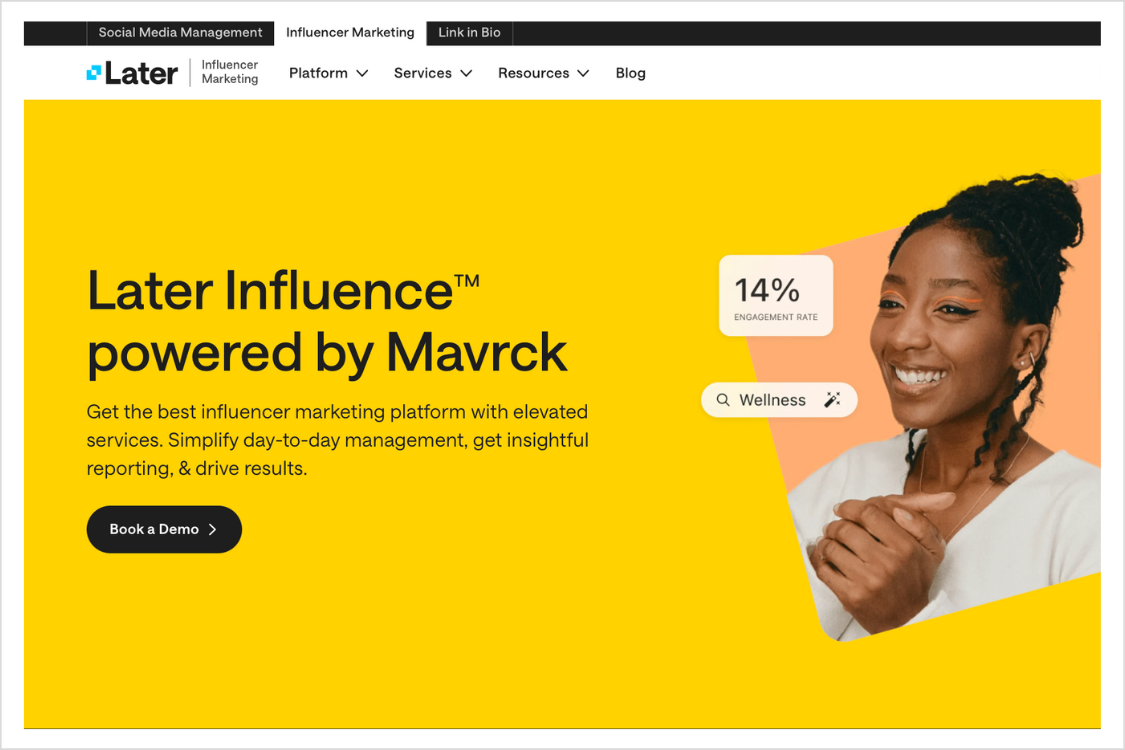
Key Features:
Streamlined influencer discovery with AI
Built-in creator identification and authentication
Robust tracking and analytics tools
Repurpose creator content across eCommerce sites
An expert services team to plan and manage campaigns with you
Official TikTok marketing partner
Easily calculate ROI & earned media value
Pricing: Schedule a call.
#2: Shopify Collabs
Free to all Shopify customers, Shopify Collabs lets brands access a pool of influencers, and gives influencers the ability to work with their favorite brands.
Shopify Collabs makes it simple for people already using the platform to integrate influencer marketing into their strategy. Plus, affiliate links provide an easy way for creators to profit from promoting products.
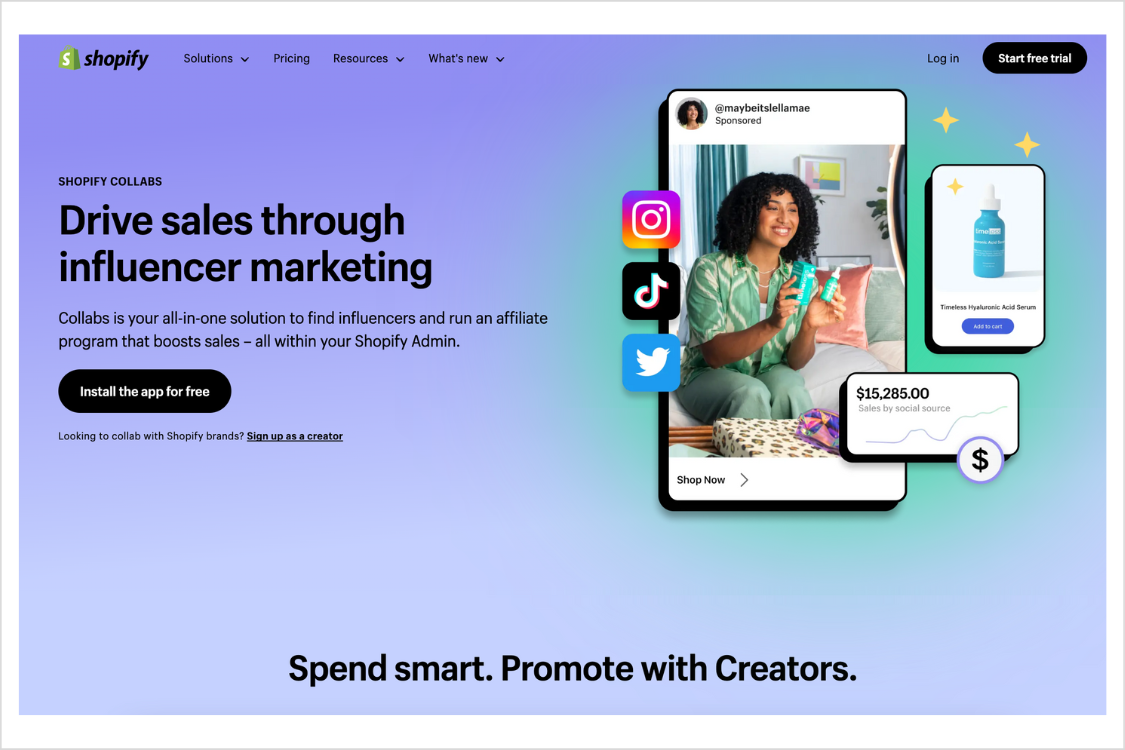
Key Features:
Built-in affiliate marketing software
Integrated Shopify store flow
Campaign analytics
Product seeding
Custom collab application pages
Automatic creator commissions
Pricing: Free with any existing Shopify plan.
#3: Grin
Packed with a wide range of tools to power your campaigns, Grin is an influencer platform for large teams who are serious about eCommerce influencer marketing.
However, Grin is one of the higher-priced influencer marketing platforms, so without a big budget — it’s best to explore other options.
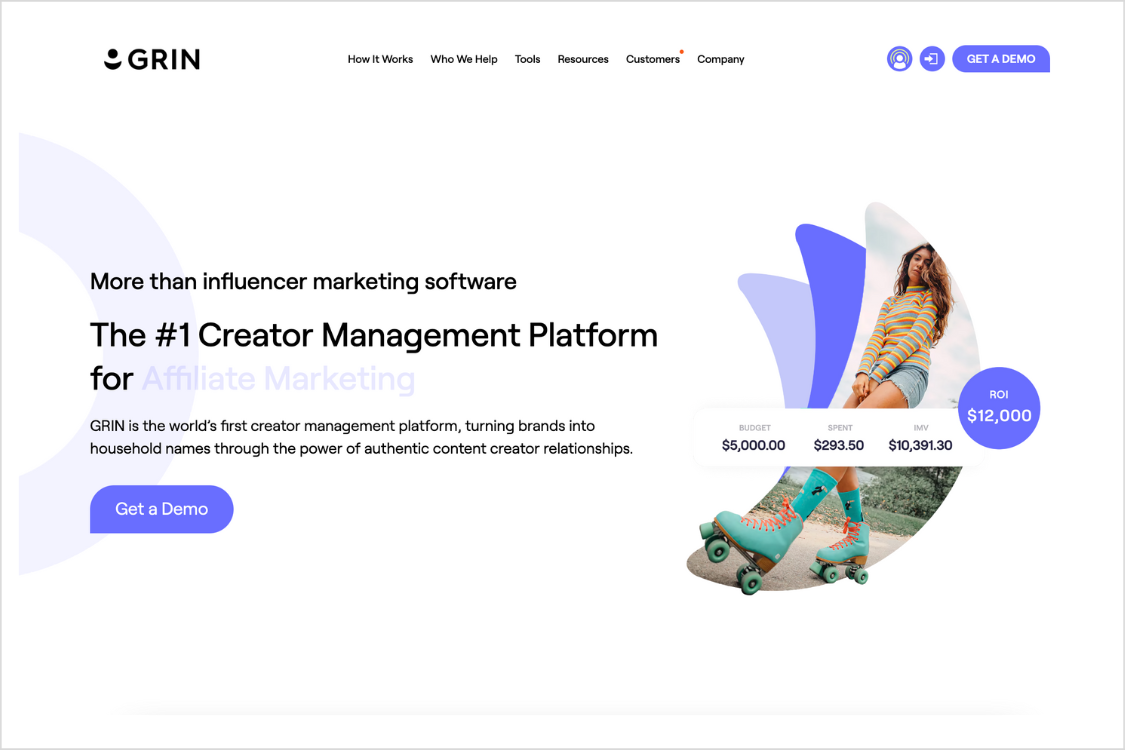
Key Features:
Relationship and campaign management
Influencer scoring system
Campaign analytics
Product seeding
Content management
Payment management
Pricing: On request.
#4: Captiv8
If you’re looking for an influencer marketing platform backed by AI, Captiv8 is a great option. Think features like matching technology that finds creators for your brand and AI and machine-learning data generation.
It’s perfect for smaller teams who lack the resources for hands-on influencer management.
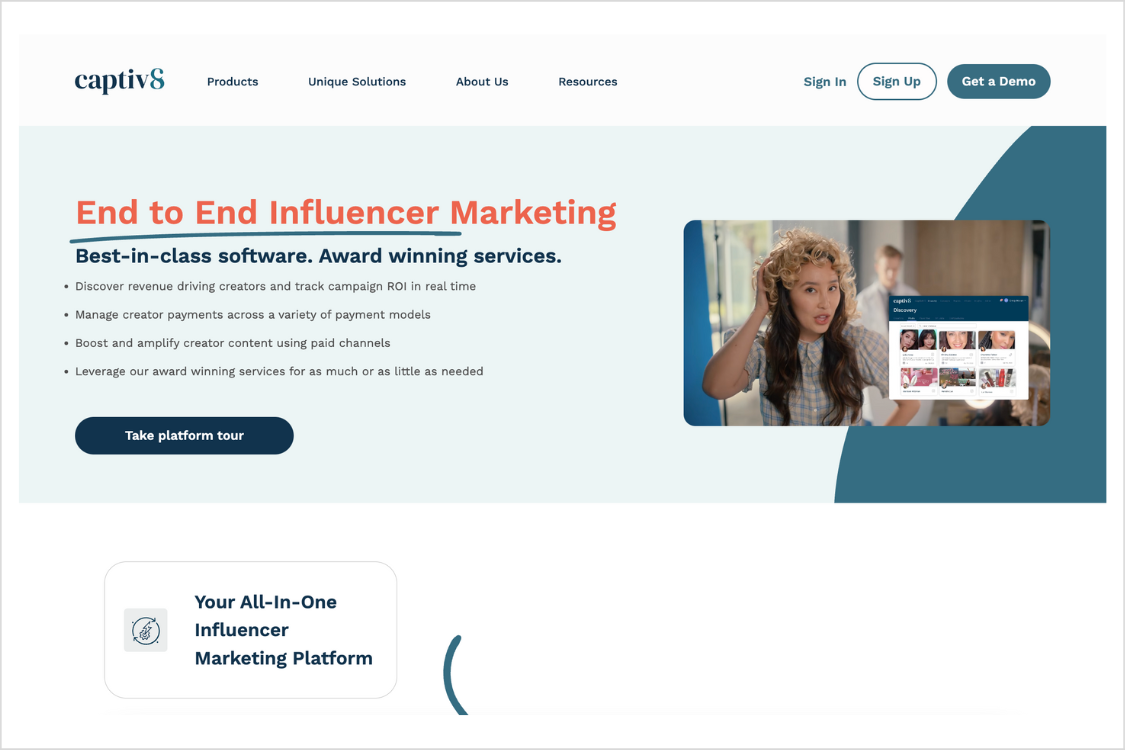
Key Features:
Relationship and campaign management
Predictive and campaign analytics
Influencer metrics
Content management
Payment management
Pricing: On request.
#5: Fohr
For those interested in an influencer marketing platform with agency offerings, Fohr is a popular choice.
All creators are vetted for quality in advance, and they've worked with companies like Urban Decay and Supergoop.
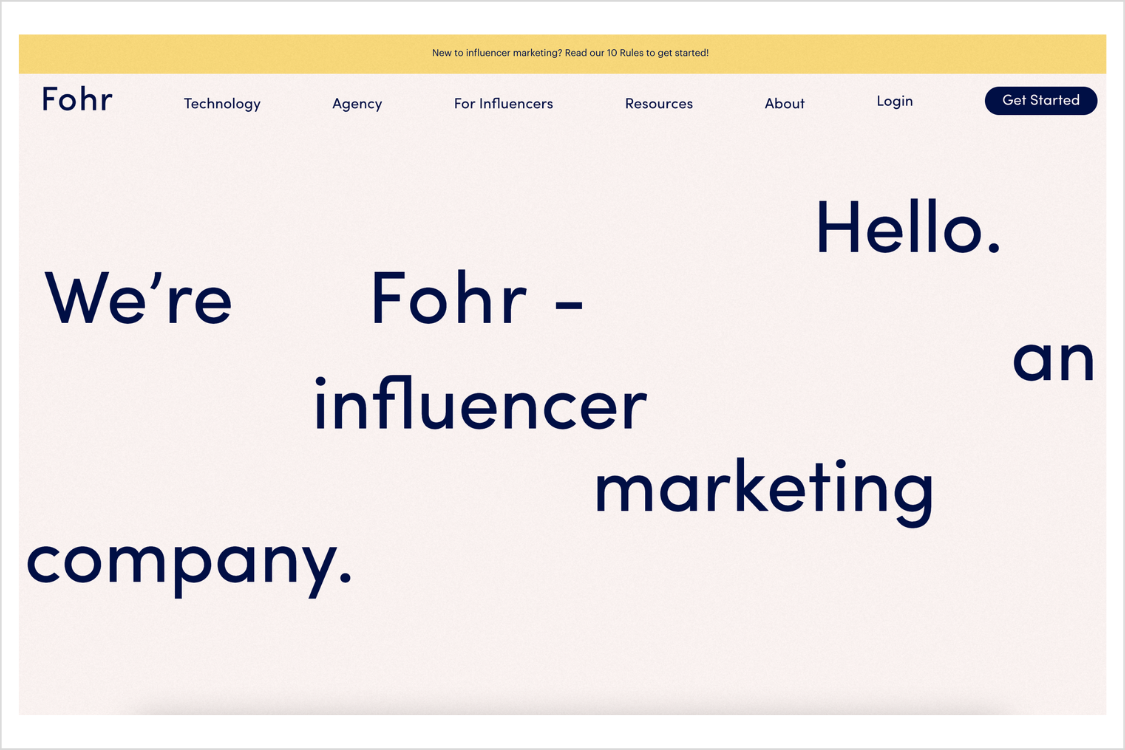
Key Features:
Relationship and campaign management
Real human help
Technology and agency
Verified influencers
Influencer metrics
Campaign analytics and reporting
Content management
Pricing: Paid plans start at $25K USD/annually.
#6: Upfluence
Another AI-powered influencer marketing platform is Upfluence.
It’s one of the biggest influencer marketing platforms on the market, with integrations featuring eCommerce platforms, email marketing services, and CRMs.
If you’re looking for an option that connects to your existing martech stack, this platform could be your pick.
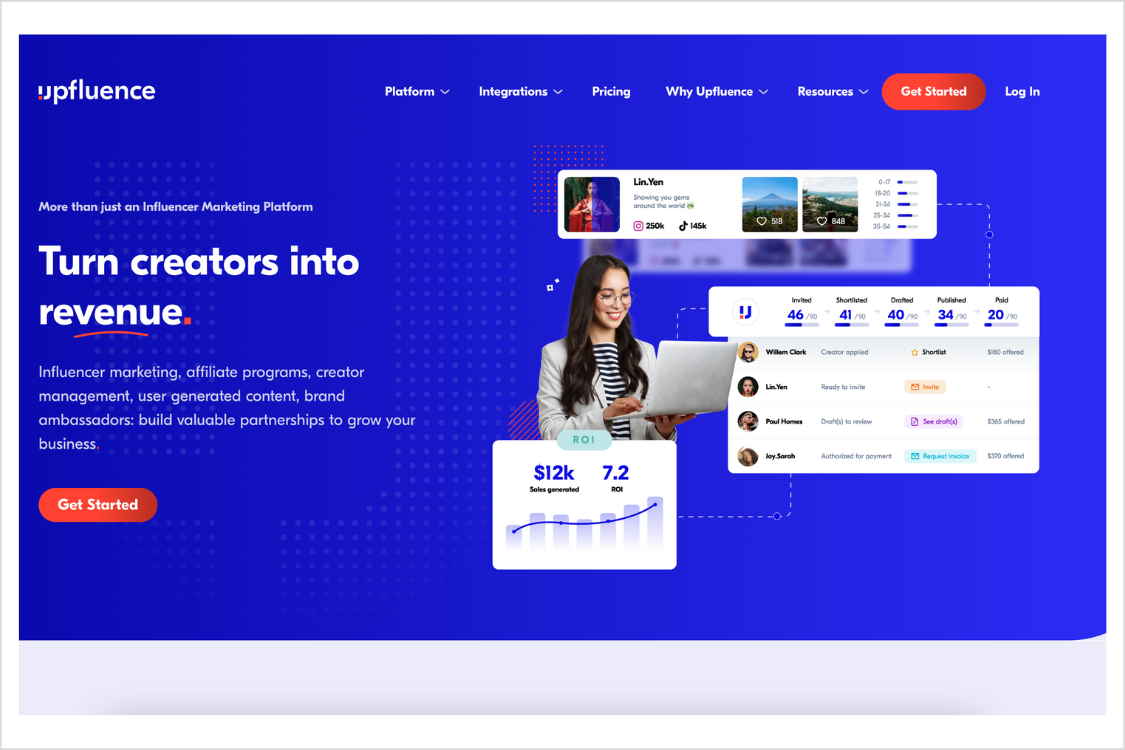
Key Features:
Relationship and campaign management
Workflow and creator outreach powered by ChatGPT
Built-in affiliate marketing
Campaign analytics
Influencer metrics
Influencer payments
Payment management
Pricing: Growth, Scale, and Enterprise plans available upon request.
#7: Tapfiliate
While mainly an affiliate marketing solution, Tapfiliate’s platform is increasingly being used to manage influencer marketing relationships.
So, if product referrals are top-of-mind for your brand and you’re thinking about investing in influencer marketing in the future, Tapfiliate is your potential match.
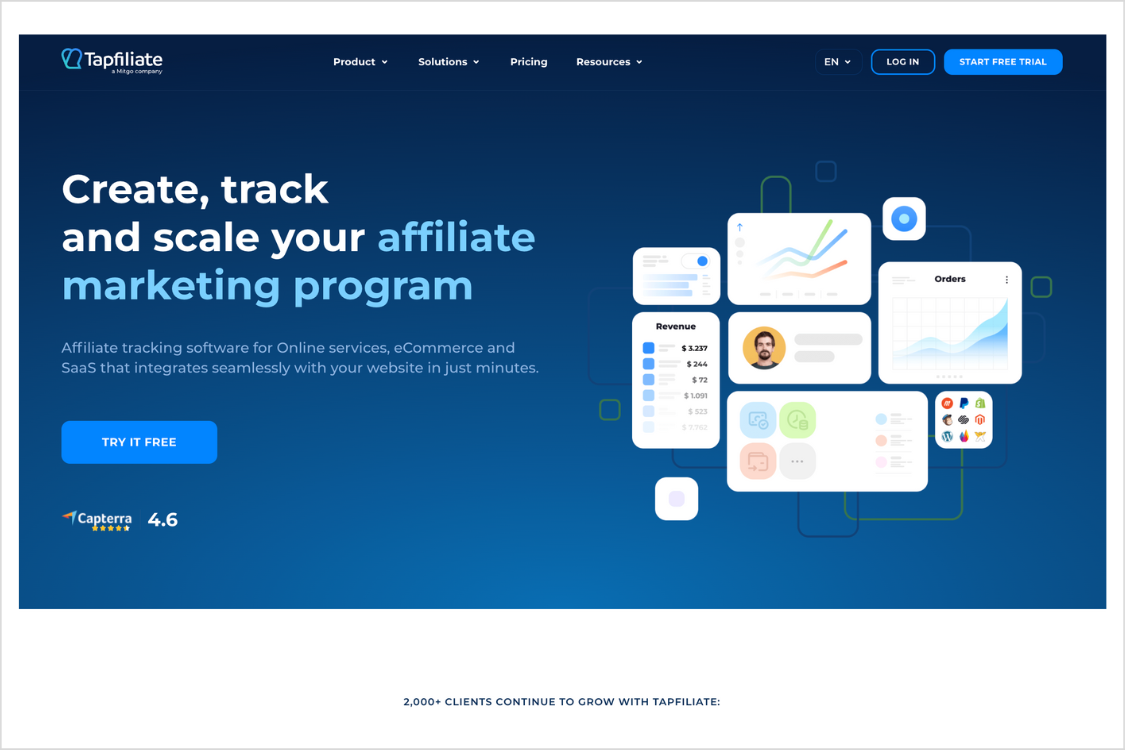
Key Features:
Relationship and campaign management
Coupon code generator
Automated workflows
Available in multiple languages
In-house affiliate marketing and referral marketing
Campaign analytics
Flexible commissions
Pricing: Paid plans start at $119 USD/month.
#8: Aspire
Also known as Aspire.io, Aspire helps brands quickly identify top-performing influencers in their niche to optimize partnerships.
You can even search via images to find creators who already match your brand’s aesthetic.
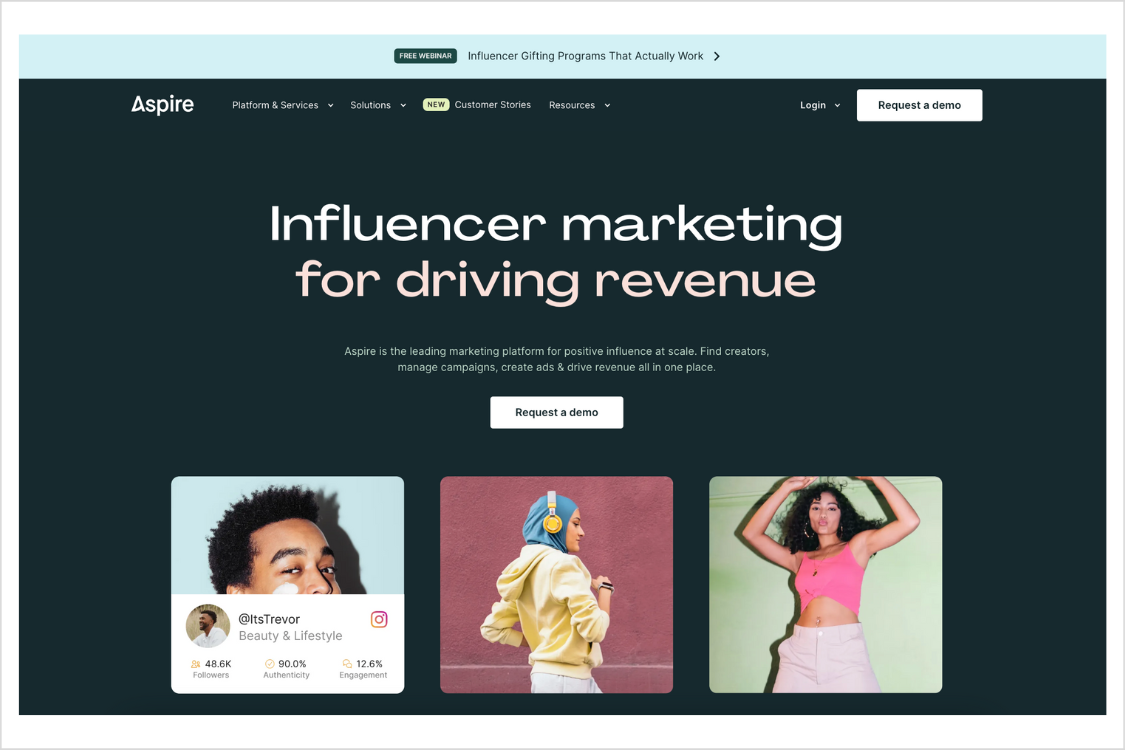
Key Features:
Relationship and campaign management
Influencer metrics
Image search tool
Campaign analytics and reporting
Content management
Pricing: On request.
#9: Creator.co
Formerly called ShopandShout, Creator.co is a dual platform for influencers and influencer marketing managers.
Whether you're brand new to the biz or want to supercharge an existing affiliate program, Creator.co has affiliate programs and payment plans that work for brands small and large.
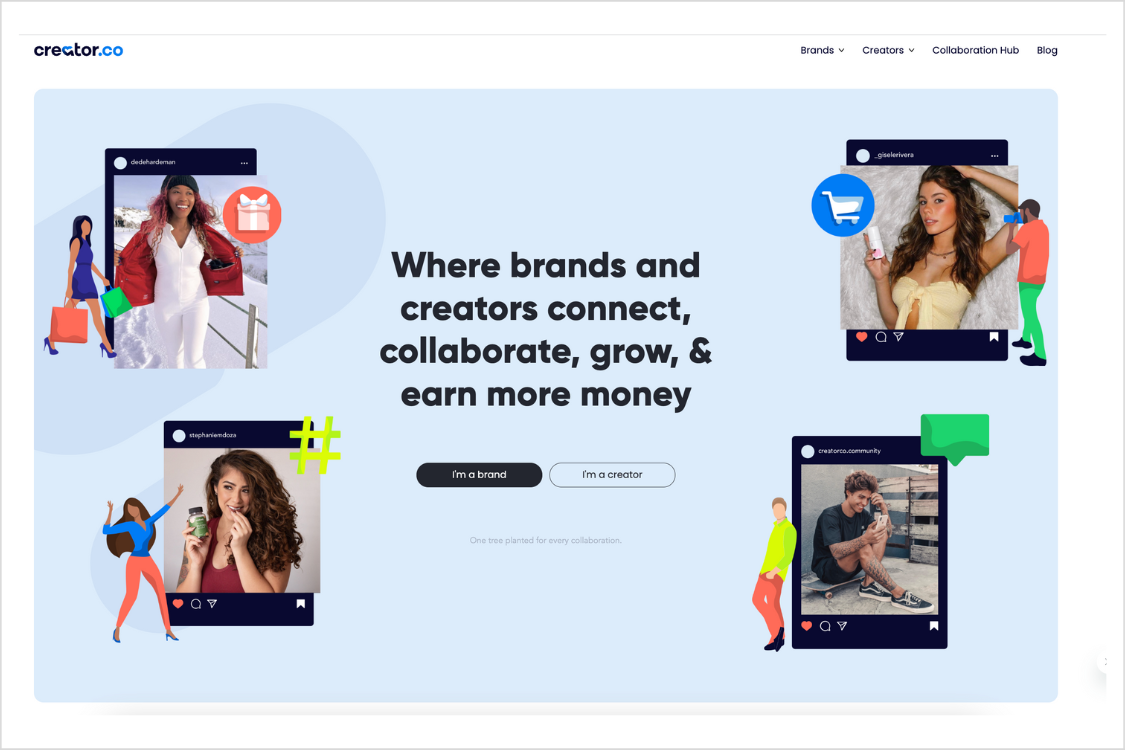
Key Features:
Relationship and campaign management
Collaboration hub
Built-in affiliate marketing
Real human help
Influencer metrics
Campaign analytics and reporting
Content management
Pricing: Paid plans start at $460 USD/month.
#10: LTK (Formerly rewardStyle)
Also known as LIKEtoKNOW.it, LTK originally launched as a linking platform for influencers to share product and affiliate links with their community.
Now, they’ve grown and rebranded to a full-fledged affiliate marketing platform to help brands and creators get the most out of their partnerships.
If you’re thinking about launching an affiliate marketing program and have the budget, voila.

Key Features:
Access to exclusive, invite-only influencer list
In-house affiliate marketing
Influencer metrics
Audience analytics
Sales data
Pricing: Paid plans start at $417 USD/month.
#11: Insense
If you're looking to generate a library of shareable content, Insense's influencer marketing platform might be for you.
With paid media integrations and an in-house services team, Insense makes boosting UGC a breeze.
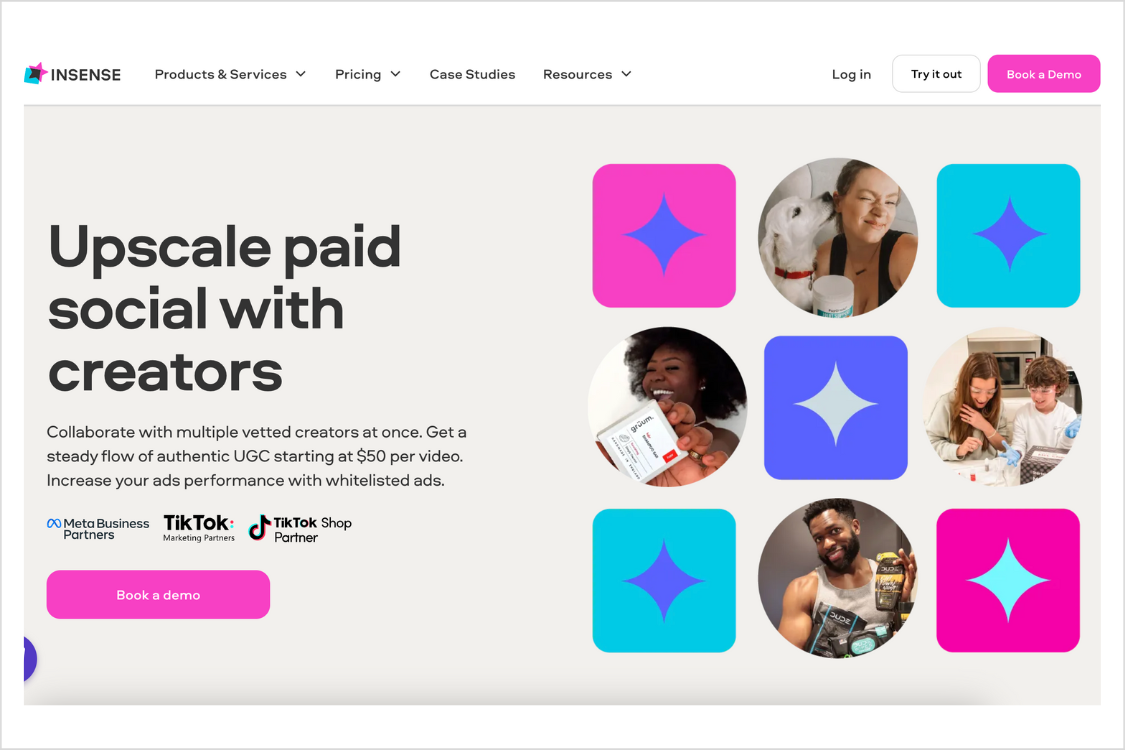
Key Features:
Creator marketplace with 20K+ creators
Creative brief generator
Real human help (at an additional cost)
Influencer chat feature
Campaign management
Automated payments
Paid media integrations
Pricing: Paid plans start at $500 USD/month.
#12: Meltwater
In March 2024, influencer marketing platform Klear officially became a part of the social listening and media intelligence tool Meltwater.
So, if you want to scale your influencer marketing while keeping a pulse on brand sentiment, Meltwater's got you.
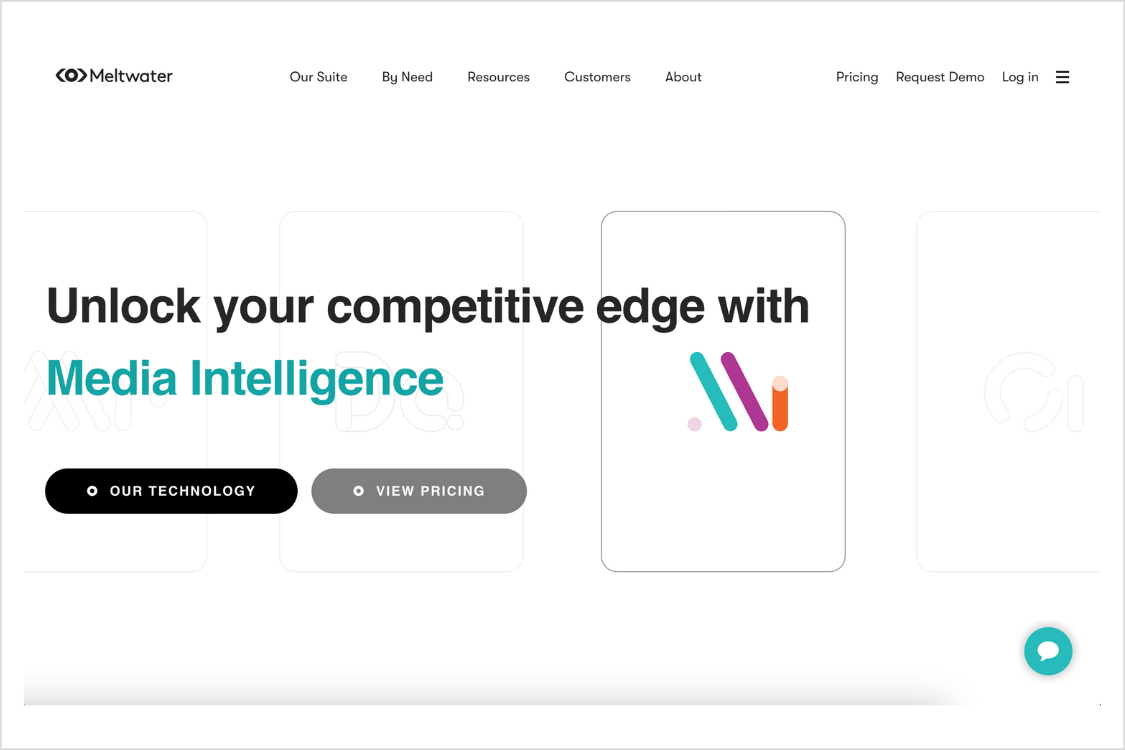
Key Features:
Influencer search tool
Influencer analytics to help vet potential partners
eCommerce integrations
Campaign management
Measurement and reporting tools
Pricing: Available upon request
Which influencer marketing platform is best for you?
Spoiler: Later Influence is our top pick for the best influencer marketing platform in 2024.
Why? Backed by real humans (not robots) to help find creators that match your enterprise brand, going all-in with Later's influencer marketing solutions is a no-brainer.
Whether you’re looking to launch an ambassador program or partner with the right Micro influencers in your niche for a killer campaign, we've got you covered.
Schedule a call for all the details, today.




